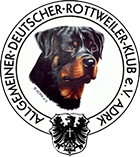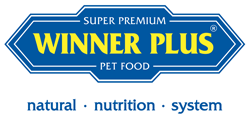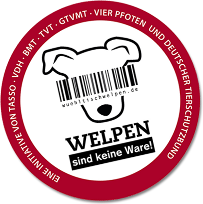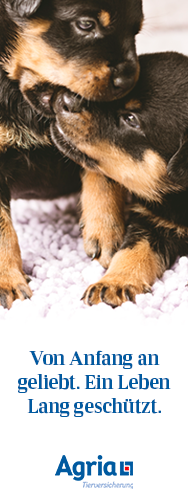| ADRK |
| Allgemeiner Deutscher Rottweiler-Klub e.V. |
Qualifikationsprüfungen
Der Prüfungsleiter hat zu kontrollieren, ob die Voraussetzungen für die Teilnahme an einer Qualifikationsprüfung erfüllt sind. Nach Abschluss der Prüfung sind die erfolgreichen Teilnehmer auf dem separaten Sammelblatt (WORD oder PDF) aufzulisten.
ADRK-Team für VDH-DM 2014
Liebe Rottweiler Freunde,
liebe Sportfreunde,
für die anstehende VDH DM 2014, vom 2.-3.8. in Göttingen, wurde das ADRK Team aufgrund der Ergebnisse der Sichtungsprüfung am 27.04.2014 in Metzingen (um mehr zu erfahren, klicken Sie bitte auf diesen Link) wie folgt nominiert:
- Jörg Schwabe mit Boss vom Kriegsdamm
- Irina Meier mit Indio von den Golan-Höhen
- Olaf Pritzkow mit Yul aus dem Blumental
ADRK-WM (IPO) Weltmeisterschaft Regularien
Liebe Rottweiler Freunde,
liebe Sportfreunde,
im Hinblick auf die anstehende 1. offene ADRK-IPO-Weltmeisterschaft wurden in Anlehnung an vergleichbare internationale Wettbewerbe vom ADRK-Ausbildungsausschuss (AAS) folgende Regularien zusammengefasst.










